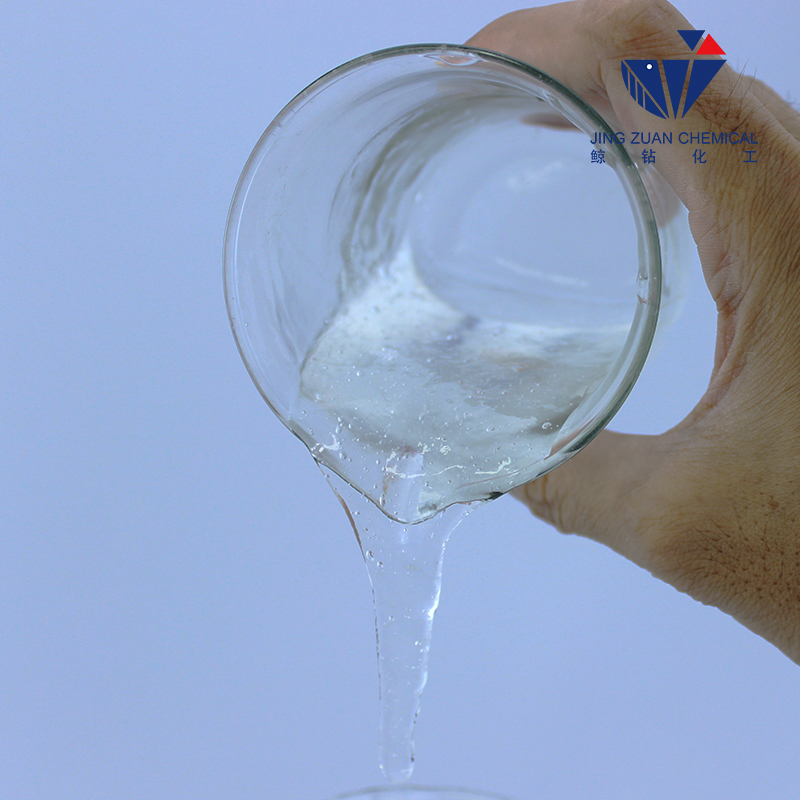
Nov . 09, 2024 18:45 Back to list
Understanding the Different Grades of HPMC and Their Applications in Industry
Understanding HPMC Grades A Detailed Overview
Hydroxypropyl Methylcellulose (HPMC) is a widely used polymer in various fields, including pharmaceuticals, food, cosmetics, and construction. Its versatile properties stem from its modification of natural cellulose, which provides unique functional characteristics. One of the significant aspects of HPMC is its grades, each designed to serve specific functions depending on the application. In this article, we delve into the various grades of HPMC, their properties, and how they influence their application.
HPMC grades are defined based on several factors, including the degree of substitution, viscosity, and methoxyl content. These factors critically impact the solubility, gelation, and thermal stability of HPMC, making it essential to select the appropriate grade for specific applications. The two types of substitution in HPMC are hydroxypropyl and methoxyl groups, which significantly alter the polymer's hydrophilicity and mechanical properties.
Understanding HPMC Grades A Detailed Overview
In the pharmaceutical industry, HPMC is particularly valued for its role as a binder and film-former in tablet formulations. The various grades can influence the disintegration time of tablets, ensuring optimal release of medications. For instance, high-viscosity HPMC grades can provide extended-release properties, allowing for a prolonged therapeutic effect.
hpmc grades

Moreover, HPMC grades also find extensive applications in the food industry, where they are used as food additives for their thickening, gelling, and emulsifying properties. The low-viscosity grades, in particular, are often used in sauces and dressings to enhance texture without compromising the flavor or stability of the product. Additionally, HPMC is a popular choice in gluten-free baking, as it helps mimic the structural properties provided by gluten.
In cosmetics, HPMC serves as a thickener and stabilizer in creams, lotions, and gels. Its compatibility with a wide range of ingredients and its ability to create a smooth texture make it an ideal choice for enhancing the sensory attributes of cosmetic products. Different grades are selected based on the desired viscosity and skin feel, ensuring that product formulations meet consumer expectations.
Furthermore, in construction, HPMC is used to improve the workability and adhesion of cement, mortar, and tile adhesives. The grades used in this sector are typically higher in viscosity, which helps maintain a uniform consistency and enhances the performance of construction materials.
In conclusion, HPMC grades play a pivotal role in determining the performance and applicability of the polymer across various industries. Understanding the differences in viscosity, degree of substitution, and methoxyl content is essential for formulators and manufacturers aiming to select the right grade for their applications. As industries continue to innovate, the demand for tailored HPMC grades is likely to grow, driving further research and development in this versatile and essential polymer. Whether in pharmaceuticals, food, cosmetics, or construction, HPMC continues to demonstrate its multifaceted utility, underscoring the importance of choosing the correct grade for optimal results.
-
Versatile Hpmc Uses in Different Industries
NewsJun.19,2025
-
Redispersible Powder's Role in Enhancing Durability of Construction Products
NewsJun.19,2025
-
Hydroxyethyl Cellulose Applications Driving Green Industrial Processes
NewsJun.19,2025
-
Exploring Different Redispersible Polymer Powder
NewsJun.19,2025
-
Choosing the Right Mortar Bonding Agent
NewsJun.19,2025
-
Applications and Significance of China Hpmc in Modern Industries
NewsJun.19,2025







